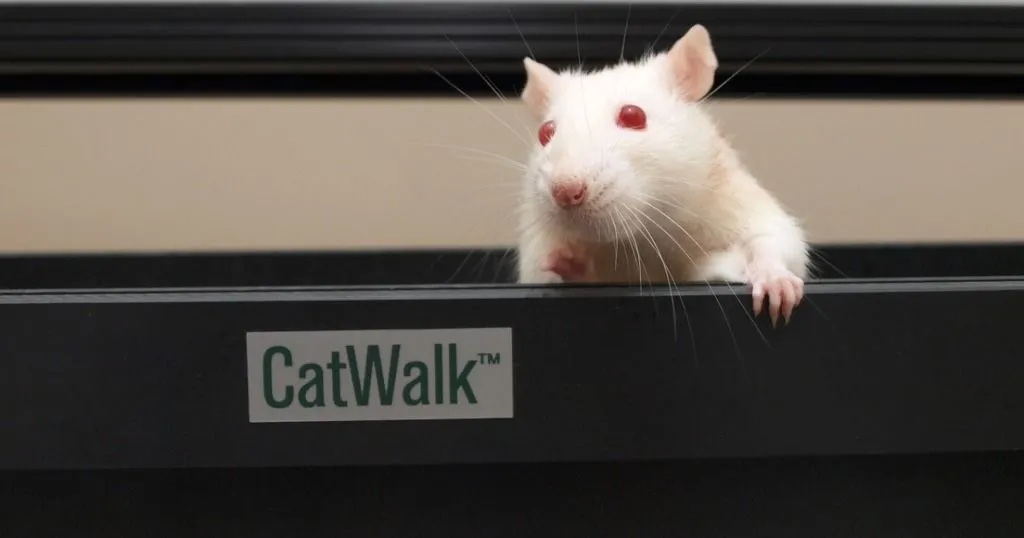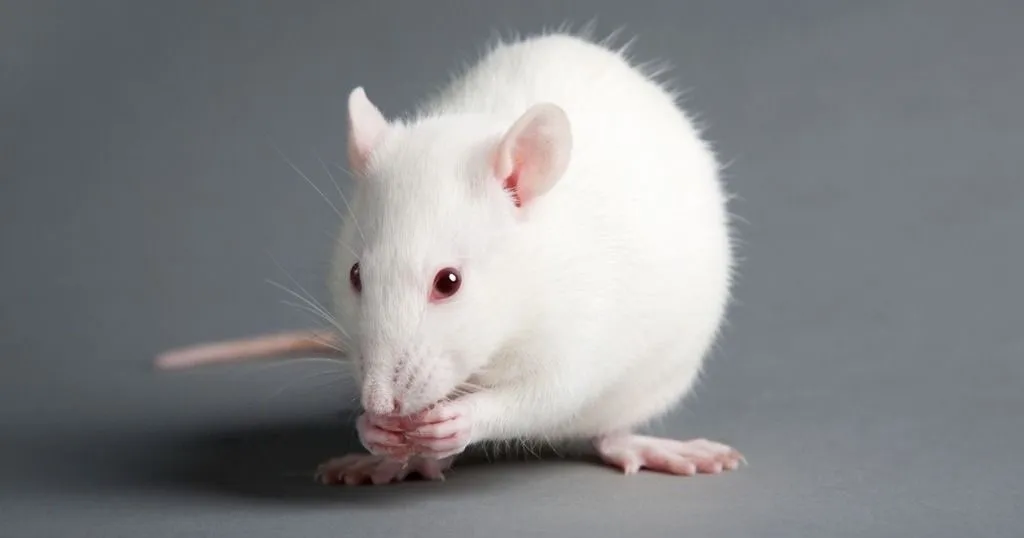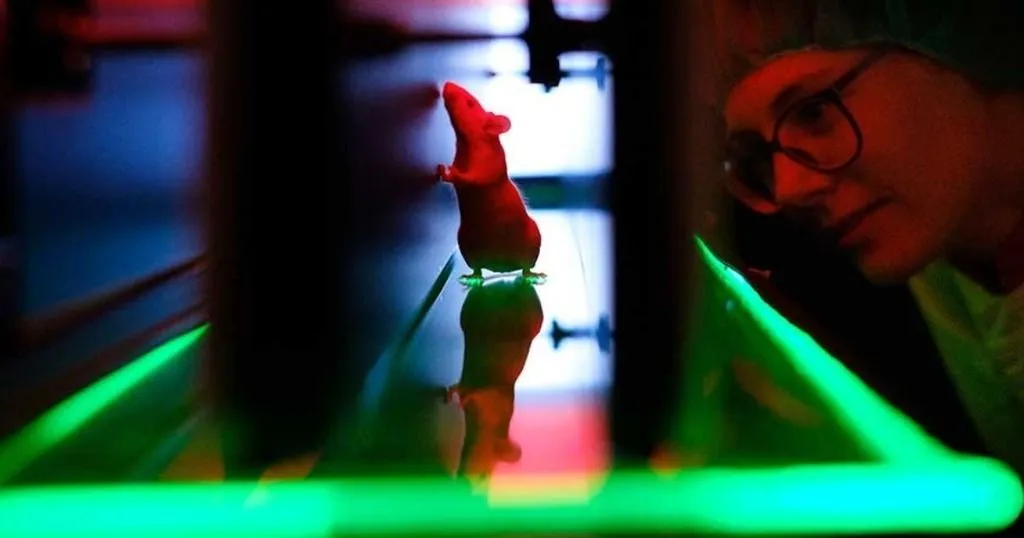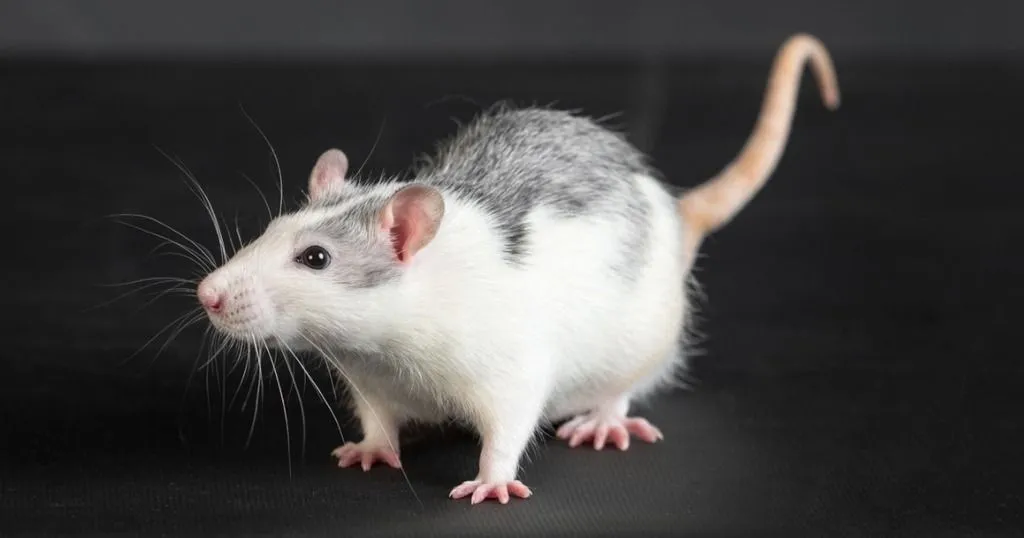CatWalk XT gait analysis vs treadmills
In this blog post, we will discuss how the CatWalk XT method and treadmill method for gait analysis differ from each other, and what you should consider about both methods when performing gait analysis.
Posted by
Published on
Thu 29 Feb. 2024
Topics
| Behavioral Research | CatWalk XT | Foot Prints | Gait | Gait Analysis | Locomotion |

Traditionally, there are two fundamentally different ways to perform gait analysis in animals. One can either observe or measure gait in a forced manner, as seen when using a treadmill or treadwheel, or in an unrestricted manner, such as with CatWalk XT. In this blog post we will discuss the pros and cons of different gait assessing methods, and compare them to the CatWalk XT gait analysis method.
Unforced vs forced gait analysis
The unforced way of assessing gait ability is what we see in many daily practices of physicians- watching closely as the patient moves towards them in a straight line. In lab animals, this is translated into traditional methods such as BBB scoring and paw inking. The main advantage of unforced gait analysis is that the animal is allowed to move at a speed that its gait (ab)normality or endurance will allow while it preserves all vestibular and visual inputs.
Variety between treatment groups
When analyzing gait differences, there is often variety within and between treatment groups, such as speed or weight. Since speed of movement influences a lot of gait parameters, researchers find it important to adjust for speed even though it is the most obvious gait phenotype.
Adjusting for speed
The most obvious method of regulating speed is using a motorized treadmill or treadwheel system, which largely eliminates variations in speed within treatment groups, but not completely. The only thing you can be sure of is that the animals all walk with the same average speed; the speed to which the treadmill system is set. However, they typically reach this average speed by constantly varying their speed moving up and down the treadmill while frantically searching for a way out.
This causes high stress levels in the subjects under investigation, together with different endurance levels or types of injury this will produce different strategies to ‘stay up to speed’, which will eventually result in huge variations in walking speed, jumping, and limping behavior, etc.
The stress to keep up in forced gait analysis
Generally speaking, a treadmill does not frighten a human patient, because they can be told what is going on, and they can stop the treadmill if necessary. Animals, however, cannot comprehend what is going on, potentially leading to increased stress levels. This stress can have a significant influence on the readout of the gait parameters.
The rodents natural instinct is to do whatever it takes to keep up with the treadmill, possibly introducing gait artifacts but also behaviors related to the desire to escape the situation. While this set speed potentially reveals deviations in gait, it might also mask those subtle changes in gait that are the focus of your research.
The CatWalk XT gait analysis system
CatWalk XT successfully gives you the best of both worlds by combining a walkway system with an advanced software program. CatWalk XT allows animals to walk at their own intrinsic speed in an unforced manner, guided in a straight line due to the restriction introduced by the walls of the corridor. Unlike a treadmill system that requires a very bright environment to operate, the low light environment of CatWalk XT ensures a low stress environment for photophobic rodents.
Afterward, the software allows you to adjust for speed and speed variations. This way you can detect artifacts in gait in a non-artificial manner, all while introducing the least amount of stress on the animal, and decreasing bias in your experiment. All in all, this ensures that the subject behaves as naturalistic as possible. Results derived from this more naturalistic environment result in a better representation for translational research.
Motivating the animal
Of course, the freely moving method is subject to the willingness to undergo the analysis, like so many other behavioral tests. First, animals might not want to walk. Although habituation through training helps, motivation often works even better. That is why CatWalk XT uses a goal box at the end of the runway. This way, animals are motivated by the prospect of their home cage or some other reward.
The CatWalk XT goal box makes it easier to train your animals to get straight runs along the 70 cm glass plate. This results in faster data collecting and an overall smooth experiment. Do you want to know more about the CatWalk XT? Our product manager Reinko Roelofs is happy to tell you all about in the product video below!
Capturing footprints in detail
The biggest advantage of CatWalk XT is the way in which it measures the footfalls. CatWalk XT uses a technology called Illuminated Footprints. The animal traverses the glass walkway that houses a high speed camera mounted underneath it. Light is captured inside this glass walkway, escaping and reflecting only when a footprint touches the glass.
This results in a very precise detection of the actual placement of the feet. Belt driven systems are far less accurate, often detecting part of the feet that are not actually touching the walkway or guessing the moment of first contact. This means that more manual labor is needed to correct mistakes, which costs resources and increases bias risks. Curious on what an experiment with the CatWalk XT looks like? Watch the video below to see the CatWalk XT in action!
CatWalk XT gait analysis choosing the right parameters
Gait analysis, treadmill or not, is not always straightforward. Systems like CatWalk XT can produce over 50 different parameters to draw conclusions from. It can be difficult to determine which of those parameters you should choose for your specific model. A recent study published by Ivanna Timotius and, among other, CatWalk XT product manager Reinko Roelofs, explores which gait parameters are influenced in certain disease models. You can find a more in depth look into this meta-analysis in this blog.
The advantages of CatWalk XT according to users- Due to the runway set-up, the CatWalk XT system resembles the normal gait of animals;
- Both static and dynamic gait parameters can be evaluated in one analysis with the CatWalk XT system
- The registration of the CatWalk XT system is very accurate when animals are trained well. This provides clinically relevant and extensive data on gait behavior.
Your challenge
As you can see, the need for a forced gait analysis system is no more. Because all in all, the CatWalk XT is a complete and easy to use gait analysis system for quantitive assessment of footfalls and locomotion in small animals. If you are interested in CatWalk XT make sure to get into contact with one of our colleagues, together we can make the right solution for your research.
Related Posts

What a print can tell

Quantifying locomotion in rats using CatWalk XT


